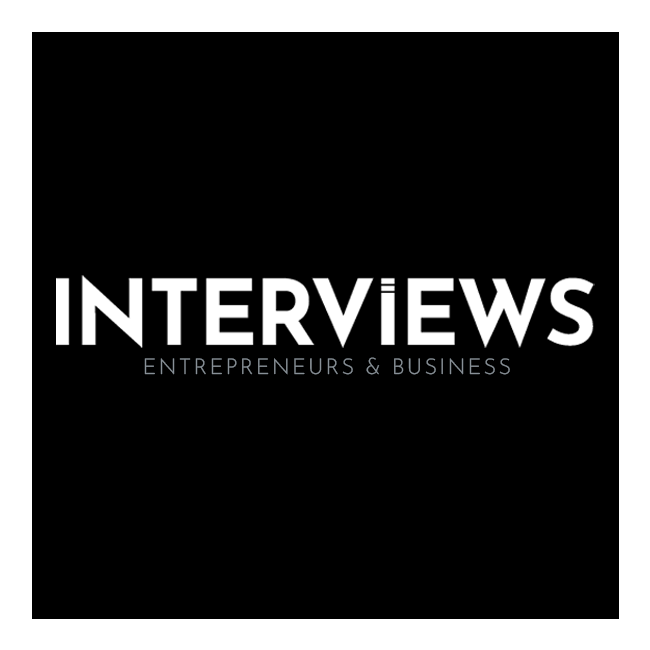Is Your Business Stuck in Neutral? Let’s Talk Traction (Not the Orthopedic Kind)
Your business might feel stuck. You work hard and make noise. Still, there is no progress. This is a traction problem. Not the kind that fixes bones. Your business may feel fractured if momentum is absent.
What is traction? It’s proof your business idea has validity. It’s measurable progress and momentum. You show this in key areas:
- User Acquisition: Are people signing up and using your offering?
- Revenue Generation: Is money increasing?
- Market Adoption: Is the market noticing and embracing your product?
Think of traction as wind in your sails. Without it, you’re stalled, regardless of how fancy your boat is. You need forward motion to know you’re on track.
Cracking the Traction Code: Enter the “Traction” Book
There is a book on this topic. It’s titled “Traction.” This book serves as a secret weapon for businesses needing traction. Inside, you will not find spells, but secrets to strengthen six key components of your business.
This book acts as a practical guide. Readers praise “Traction” for practical advice and helpful ideas, particularly for newcomers or those revamping existing businesses. Many find it insightful and valuable, which is high praise in the crowded business book market.
The book shines due to its simplicity. It’s well-written and structured. It doesn’t just diagnose problems; it offers a clear plan to follow. In essence, it gives you tools to take control, gain focus, and enjoy building your business.
EOS: The Entrepreneurial Operating System – Your Business’s Flight Control
Now, let’s discuss the big picture. Think of “Traction” as a toolbox. Then think of EOS, or the Entrepreneurial Operating System, as the workshop. Gino Wickman’s “Get A Grip” illustrates EOS’s power. It functions as your business’s operating system.
EOS is a framework and toolset. It helps businesses get organized and achieve goals. It’s not only about working harder; it’s about working smarter. EOS focuses on three core areas crucial for success:
- Vision: Where do you want to go?
- Traction: How will you get there? Spoiler: it involves more than just wishing.
- Health: Is your business healthy and functioning well? Burnout is not strategy.
The EOS Model illustrates this framework. It highlights six key components. These are essential for effective management:
- Vision: Ensuring everyone knows the direction.
- People: Surrounding yourself with the right team.
- Data: Using metrics for informed decisions.
- Issues: Identifying and solving problems effectively.
- Process: Documenting key processes for consistency.
- Traction: Bringing discipline to achieve your vision.
Rolling Up Your Sleeves: Implementing EOS in the Real World
Eos seems great in theory. But how do you make it happen? You have two options, each with different costs.
Option one: Hire an EOS Implementer. They act as a guide and coach for your business. Expect to pay between $20,000 to $45,000 per year for two years. Cost varies by their expertise.
Average session fees differ based on implementer levels:
- Professional EOS Implementers: Around $4,536.47 per session.
- Certified EOS Implementers: About $5,284.84 per session.
- Expert EOS Implementers: Averaging around $6,593.85 per session.
Is the investment worth it? Many businesses report accountability and guidance as invaluable. If you have tight finances, consider option two:
DIY EOS. You can implement EOS Traction on your own. Resources like books and online guides exist. Still, it’s better to hire an implementer initially for accountability.
The tech option: EOS One. This software platform offers tools to implement EOS principles digitally. Pricing is surprisingly reasonable:
- First user: Free.
- Additional users: $10 per user per month.
This could be a solid starting point for smaller teams before deciding on an implementer.
The EOS Toolkit: Key Tools and Concepts to Get You Rolling
The EOS system encompasses practical tools and processes. These tools address the six key components previously mentioned. Here’s a few essentials:
- Vision/Traction Organizer (V/TO): This defines your company’s vision and goals clearly.
- Accountability Chart: Assigns responsibilities and tracks progress well.
- Rocks: Quarterly must-do goals that focus priorities.
- Meeting Pulse (Level 10 Meetings – L10s): Structured meetings focused on productivity.
- Scorecard: Tracks your Key Performance Indicators (KPIs).
- Issues List & IDS: Identifies issues with a clear methodology called IDS – Identify, Discuss, and Solve.
Traction Within EOS: The Engine of Momentum
Let’s revisit Traction, a component of EOS. Recall Vision, Traction, and Health from earlier? Traction is the action-oriented one. It involves:
- A disciplined approach to execution.
- Ensuring accountability.
- Aligning efforts toward common goals.
Essentially, Traction in EOS drives momentum and fuels your business through structured vision, strategy, and accountability.
This part of EOS emphasizes maintaining accountability and setting clear expectations. It drives results through effective execution. Traction represents the “rubber meets the road” aspect of EOS.
Actually Moving the Needle?
How do you know if you’re gaining traction? You measure it. Traction is not vague. It is quantifiable. Here are key metrics to track:
- Customer/User Acquisition: How many new users are joining? Track new users or customers gained over specific time frames (weekly, monthly, quarterly).
- Revenue Generation: Is the money flowing in? Monitor revenue generated and its growth. Growth is crucial.
- User Engagement: Are users engaged? Measure user activity with your product or service. Are they signing up and disappearing?
- Market Demand: Is there real interest in your offering? Assess interest and demand for your product or service. Are people searching for solutions?
- Positive Customer Feedback: Are customers satisfied? Gauge sentiment and satisfaction with surveys, reviews, and direct feedback. Happy customers return (and refer others).
- Investor Interest: Are investors seeking you out? Monitor interest from potential investors. It can be a strong traction indicator.
Track these metrics. You’ll see if your traction efforts are productive. Data is your friend.
EOS Traction vs. The Competition: How Does it Stack Up?
EOS is not the only business operating system available. Here’s a comparison:
- EOS Traction vs. Rockefeller Habits: Both systems help businesses grow, but they differ in approach. EOS Traction emphasizes vision, team alignment, and accountability. Rockefeller Habits focuses on sustainable growth by prioritizing critical areas and fostering a strong culture. EOS is process-driven, while Rockefeller is culture-driven.
- EOS vs. OKRs (Objectives and Key Results): EOS suits business leaders and entrepreneurs needing a complete system. OKRs have broader applicability across various roles and industries, even for personal goals. EOS is a full system; OKRs are a goal-setting framework.
Your choice depends on specific business needs. EOS is robust, but there are other options.
Uh Oh, Potential Turbulence: Issues with EOS Implementation
Like any system, EOS has flaws. A major issue is a lack of accountability and the wrong team. If the right team isn’t in place, EOS will struggle.
Another downside is that EOS is complex and takes time to implement. It’s not an instant solution. Commitment and discipline are required. If instant results are your goal, EOS may test your patience.
Rocks: The Quarterly Game Changers in EOS
Remember the “Rocks”? They are vital in EOS Traction. ‘Rocks’ represent crucial priorities each quarter. Think of them as key initiatives that will significantly impact your business in 90 days. As EOS advocates state, your focus and traction increase when working on Rocks.
The term ‘Rock’ comes from Stephen Covey’s “First Things First.” The analogy prioritizes big rocks (important tasks) before smaller items (less important). In EOS, Rocks are major initiatives needing focus.
Traction vs. Grip: Not Exactly the Same Thing (But Related)
The terms “traction” and “grip” often get mixed up, yet a subtle difference exists. Think of grip (or traction) as what keeps you on course. It enables you to brake, accelerate, and turn without losing control. Traction, in business terms, signifies forward momentum and progress. Grip means control; traction equals growth. They relate, but they aren’t identical.
Orthopedic Traction: Let’s Clear Up the Confusion
Now, let’s address the elephant in the room – orthopedic traction. This type of traction differs vastly. Orthopedic traction is a medical procedure that aims to straighten broken bones or relieve spine pressure. It uses mechanisms to create tension.
There are two main types:
- Skin Traction: Applied on the skin.
- Skeletal Traction: Applied directly on the bone.
The goal of orthopedic traction is to restrict movement, reduce fractures, decrease pain and swelling, and restore proper alignment. It aids healing but doesn’t help increase business revenue. When discussing “traction,” we refer to business traction, not bone-straightening techniques.
With that confusion resolved, go forth and gain business traction! Your business, unlike a fractured bone, will benefit from forward movement.





